Hapalopilus rutilans
Scientific name: Hapalopilus rutilans (Pers.) Murrill
Derivation of name: Hapalopilus means "with a soft
tender pileus or cap"; rutilans means "reddish or ruddy."
Synonymy: Hapalopilus nidulans (Fr.) P. Karst., Polyporus
nidulans Fr.
Common names: Tender nesting polypore.
Phylum: Basidiomycota
Order: Polyporales
Family: Polyporaceae
Occurrence on wood substrate: Saprobic; solitary, grouped,
or in overlapping clusters on decaying deciduous (rarely
conifer) wood; June through November.
Dimensions: Caps up to 12 cm wide and 2.5 cm thick.
Upper surface: Brownish-orange to cinnamon-brown; with
matted hairs, becoming glabrous; one or more concentric
furrows.
Pore surface: Yellowish to cinnamon-brown; 2-4 pores per
mm.
Edibility: Serious toxicity is associated with eating this
polypore.
Comments: All parts turn purple with KOH or
ammonia.
More information at MushroomExpert.com:
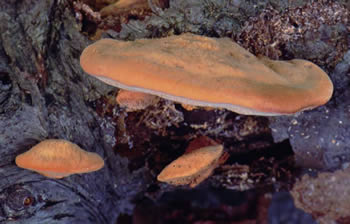
Figure 1. Sessile brackets of Hapalopilus rutilans. These
brackets are soft and watery when fresh. Photo © John
Plischke III.
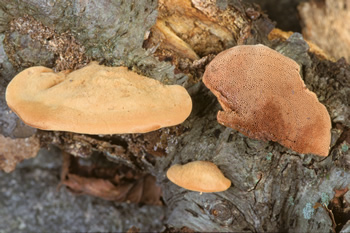
Figure 2. Top and bottom surfaces of tender nesting
polypore. Photo © John Plischke III.
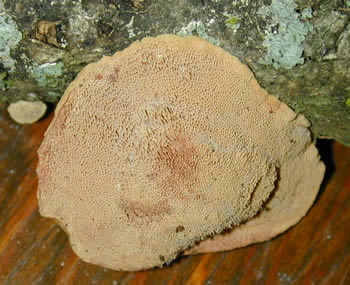
Figure 3. Pore surface of tender nesting polypore.
Photo © Tom Volk.
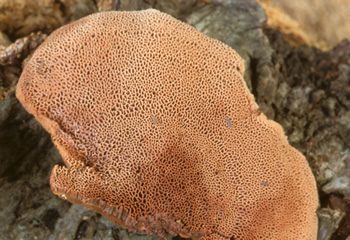
Figure 4. Enlarged view of the pore surface visible in
Figure 2. Photo © John Plischke III.
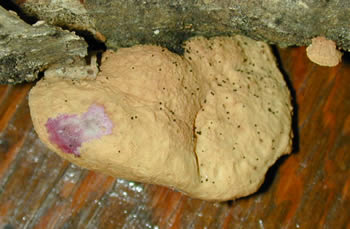
Figure 5. The purple discoloration on the cap is from the
application of KOH. Photo © Tom Volk.
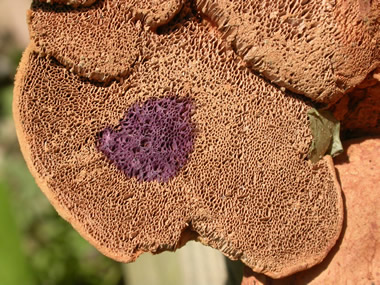
Figure 6. Application of ammonia or KOH to the pore surface
produces a purple coloration. Photo © Gary Emberger.